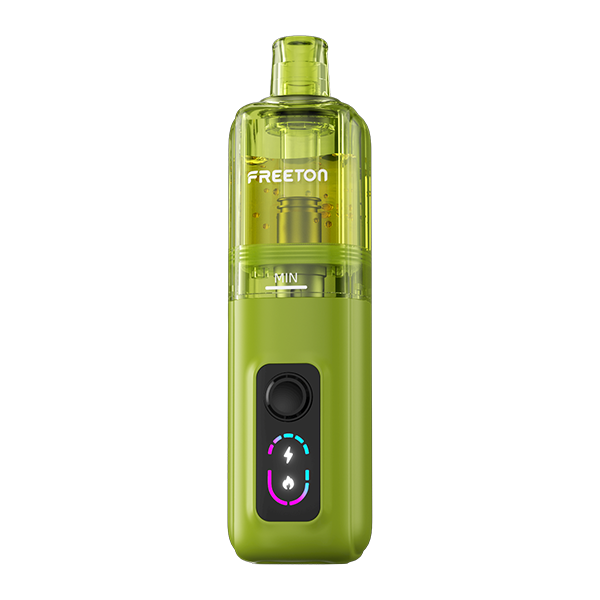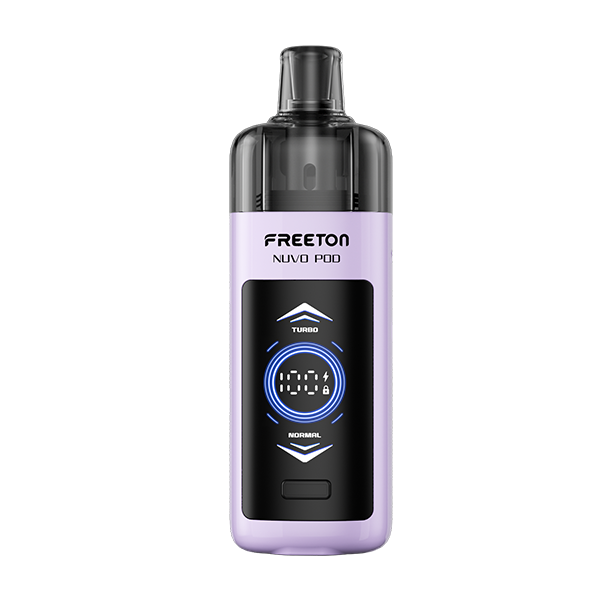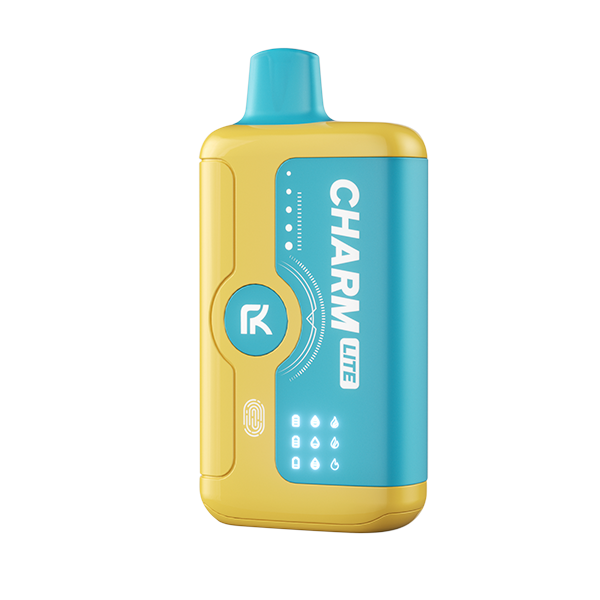
You've probably heard that e-cigarettes are marketed as healthier than regular cigarettes. But is this true? And if so, how many of us actually use them indoors? 1.You should not use e-cigarettes indoors. 2.E-cigarettes are not well regulated. 3.Even secondhand smoke from e-cigarettes can be dangerous for some people. 4.E-cigarettes are fire hazards. You should […]
You've probably heard that e-cigarettes are marketed as healthier than regular cigarettes. But is this true? And if so, how many of us actually use them indoors?
1.You should not use e-cigarettes indoors.
2.E-cigarettes are not well regulated.
3.Even secondhand smoke from e-cigarettes can be dangerous for some people.
4.E-cigarettes are fire hazards.

You should not use ecigarettes indoors
If you are considering buying e-cigarettes, you should know that most states prohibit vaping indoors. The new Clean Indoor Air Act includes e-cigarettes in that category. However, this law does not apply to private residences, bars, restaurants, or retail tobacco outlets. Vaping has become a controversial topic in recent years, as many adult Americans are unsure of whether secondhand e-cigarette aerosol poses a health risk.
While electronic cigarettes are generally not harmful to children, their nicotine content and other chemicals are still a cause for concern. As a parent, you should not use these products around children. Children breathe twice as much dust as adults, and their effective dose of nicotine is up to twenty times higher. It is therefore imperative to limit the use of e-cigarettes indoors, especially in areas where there are children.
Although there are no published studies that show any health risks associated with secondhand e-cigarette aerosol exposure, environmental epidemiological evidence suggests that the particulate matter from e-cigarette use may negatively affect children and adults. Exposure to e-cigarette aerosols may increase risk for cardiovascular diseases, decrease the immune response, and cause DNA mutations leading to cancer. The study's findings may inform policies against indoor vaping.
Nicotine is toxic and can adversely affect a child's brain development. It can affect a child's mood and ability to learn. Teenagers who vape are more likely to use other tobacco products, including cigarettes. Moreover, the aerosol from e-cigarettes contains very fine particles that can damage lungs. Hence, you should not use e-cigarettes indoors.
Ecigarettes are not well regulated
The FDA has yet to regulate e-cigarettes and the components they contain. While there are no known health risks associated with e-cigarettes, some studies suggest that the chemicals they contain are potentially harmful to humans. The FDA-recognized chemicals that may be harmful to humans include nicotine, propylene glycol, and trichloroethylene. The product packaging for e-cigarettes contains no warnings about these chemicals.
Although federal law prohibits the sale of cigarettes to those under 21, the U.S. government doesn't regulate the sale of e-cigarettes to minors. The government can help prevent youth smoking by raising cigarette prices and regulating advertising. Unfortunately, e-cigarettes are not well regulated and are available in the marketplace. This makes them unregulated and opens the door to underage sales.
The manufacturers of e-cigarettes haven't regulated their products. Because the manufacturers do not have to disclose what their products contain, the ingredients and quality may vary from one brand to the next. The product can even contain carbonyl compounds, which are toxic. In addition to e-liquid, some e-cigarettes do not have any standards and are often unregulated. But the dangers associated with these products are low enough that they are worth a shot.
A recent study from the Pitie-Salpetriere universitary hospital in France and the Institut Arthur Vernes in France has highlighted the health risks associated with e-cigarettes. Carbon monoxide is a carcinogen and enters the blood stream through the lungs. Moreover, the cholesterol in the arteries increases when carbon monoxide levels in the blood are high. Both of these effects can contribute to atherosclerosis.
Even secondhand smoke from ecigarettes can be dangerous for some people
There are numerous risks associated with secondhand smoke from e-cigarettes. Although secondhand vapor from vaping is not as harmful as smoking, it is still potentially dangerous for some people. Studies have also shown that the chemicals found in the aerosol are harmful to human health. This is especially true for young people who do not smoke. To make this conclusion, scientists have analyzed data from the Southern California Children's Health Study, which surveys teen and young adults every year.
Studies have shown that even secondhand vapor from electronic cigarettes can cause bronchitis in young bystanders. Vaping increases the risk of bronchitis and shortness of breath in teenagers by as much as 40%. These findings have been published in the journal Thorax. However, the effects of vapor on non-smokers are even greater.
The American Cancer Society and FDA have compiled useful resources on the health risks of e-cigarettes and tobacco. The American Cancer Society's Tobacco and Cancer section explains more about the harmful effects of tobacco and the effects on health. Researchers also urge medical professionals to report any adverse experiences that patients have with e-cigarettes. There are several factors that should be considered when choosing between e-cigarettes and traditional cigarettes.
Those who are exposed to secondhand smoke regularly should quit smoking. It interferes with the normal functioning of the heart, vascular system, and blood vessels. Consequently, passive smoking may increase the risk of heart attack. Even short exposure can damage blood vessel lining and increase blood platelet stickiness. These changes can lead to a deadly heart attack. And finally, e-cigarettes can be dangerous for children and the elderly.
E-Cigarettes are fire hazards

If you've been wondering why E-cigarettes are a fire hazard, consider the fact that their batteries contain lithium-ion. Lithium-ion batteries are used in almost everything, including e-cigarettes. These batteries are notorious for catching fire when overheated, damaged, or defective. E-cigarettes don't consume much current, but if the battery malfunctions, they can spurt harmful acid into the air.
To reduce the risk of a fire, e-cigarettes must be disposed of properly. There are several ways to do this. Consumers can either dispose of the e-cigarette in a landfill or take it to a recyclator to recycle it. E-cigarettes with batteries are often considered disposable, but consumers have a tendency to dispose of them after just one use. Some consumers even believe that these batteries can be recycled after their use.
Because e-cigarettes are portable, they do pose a fire hazard. One of the main causes of these fires is the current generation of lithium ion batteries. The size and shape of these batteries make them particularly dangerous. In addition, 66 percent of reported e-cigarette fires resulted in severe burns or other injuries. E-cigarettes are unique in their risk of catching fire, as no other consumer product has this risk. And since they're more popular than ever, the number of fire incidents is likely to rise. In 2016, the Federal Aviation Administration banned the use of vaping devices in checked baggage.
While there are no official statistics available on the frequency of e-cigarette fires, a recent survey found that many secondary school campuses have an e-cigarette problem. In addition to identifying locations where e-cigarettes are being used, a survey should also identify smoke alarms on school property. If the smoke alarms are not properly installed, the fire could result in further damage and even death. And second-hand vapor from e-cigarettes could pose a risk to people in a crowded corridor.
So can e-cigarettes be used indoors? It depends. Legally, they're treated like real cigarettes, so the same laws and policies apply. But it also depends on where you work (or live) and the policies your company or landlord follows. If you have your own apartment or house, then the answer is yes, you can use them inside. Just be considerate of others—don't blow those vapors in someone's face and make sure to put that e-cigarette away when you're around certain people who might be allergic to it.































